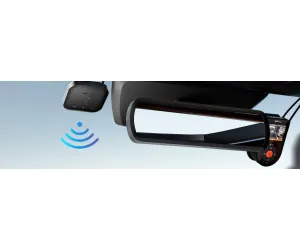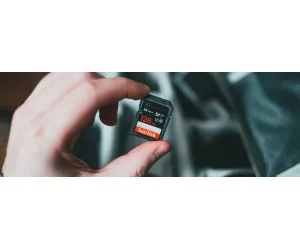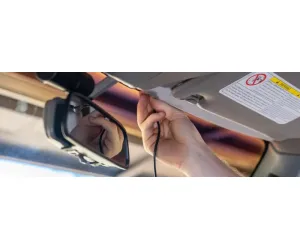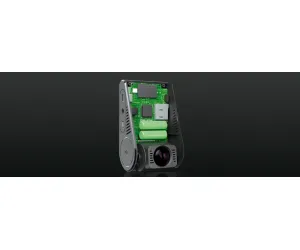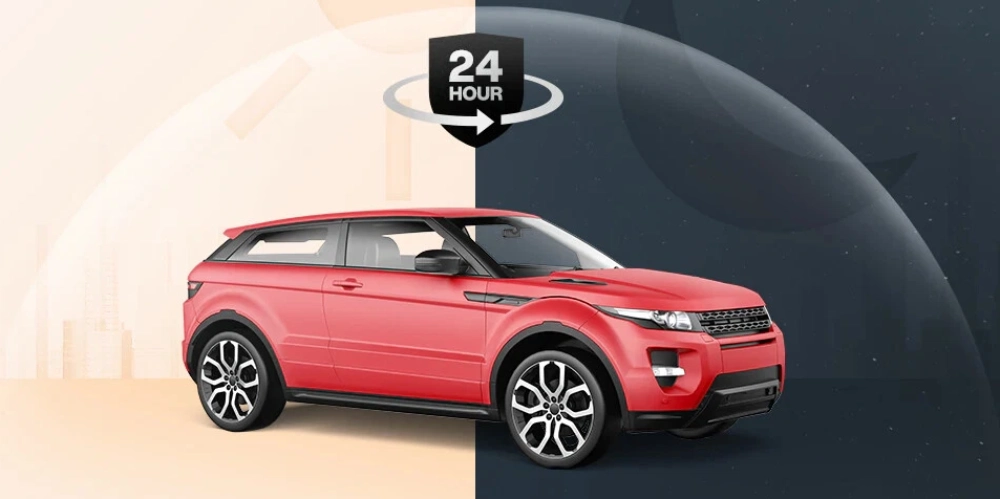
When you walk away from your parked car, who’s watching it?
Even in the safest neighborhoods or secure parking lots, vehicles are vulnerable when left unattended. Whether it’s a careless driver scratching your bumper, an attempted break-in, or unexpected weather damage, anything can happen in your absence. That’s why parking mode is one of the most important features of a modern dash cam — it’s your car’s silent guardian when you’re not around.
But simply owning a dash cam isn’t enough. To truly benefit from parking mode, you need to understand how it works and how to use it correctly.
What Is Parking Mode — And Why It Matters
Parking mode allows your dash cam to monitor and record incidents even when the vehicle is turned off. Depending on the settings and model, it can function in several smart ways:
-
Motion Detection: Records video only when movement is detected near your vehicle.
-
Impact Detection (G-Sensor): Triggers recording when a collision, bump, or forceful motion is detected.
-
Time-Lapse (Low Framerate): Continuously records at a reduced frame rate to save storage space while capturing extended surveillance.
-
Low Bitrate Recording: Continuously records with reduced video quality and file size to maximize storage efficiency.
Each mode serves a purpose based on your environment. Knowing which one to use — and when — ensures your dash cam works effectively as a parking guard.
Who Needs Parking Mode?
Parking mode is not just for luxury car owners — it benefits a wide range of drivers:
-
Urban Drivers: If you regularly park on city streets, parking mode can capture hit-and-runs, vandalism, and theft attempts.
-
Fleet Operators: Delivery vans, ride-share vehicles, or company cars benefit from 24/7 monitoring, even when drivers are off duty.
-
Long-Term Parkers: Travelers who leave their car at airports or public lots for extended periods need ongoing surveillance.
-
Apartment & Shared Parking Residents: When your car is parked in common areas, unmonitored for hours, parking mode provides added peace of mind.
-
Anyone With High Vehicle Investment: Expensive or modified cars are prime targets for damage and theft. Parking mode adds an extra layer of defense.
How to Turn Your Dash Cam Into a Parking Guardian
1. Choose the Right Power Supply
Dash cams need a constant power source to function in parking mode:
-
Hardwire Kit: The most reliable option. It connects the dash cam directly to the fuse box, allowing it to run even when the engine is off.
-
Low-Voltage Protection: Good hardwire kits include built-in voltage cutoff to prevent draining your car’s battery.
Some kits display your vehicle’s real-time voltage — giving you confidence that your battery health is protected.
2. Configure the Right Settings
Different parking scenarios call for different setups:
-
Busy Urban Areas? → Use motion detection to catch hit-and-runs, vandalism, or theft attempts.
-
Dark, Low-Traffic Spaces? → Use impact detection to reduce false alarms caused by shadows, wind, or passing animals.
-
Unfamiliar or High-Risk Locations? → Choose time-lapse or low bitrate recording for full-time surveillance without draining power or storage.
Tip: Adjust motion and impact sensitivity levels to avoid unnecessary recordings during rain or from small movements.
3. Mount Your Dash Cam Strategically
Camera placement is vital:
-
Install it high and centered behind the rearview mirror.
-
Make sure the lens has a clear, wide-angle view of the vehicle’s surroundings.
-
For full coverage, consider multi-channel dash cams that include front, rear, and interior views.
4. Use Reliable Memory Cards
Parking mode can generate a lot of video data, especially in busy environments. Standard memory cards can fail quickly under constant writing.
-
Use high-endurance microSD cards designed for continuous operation.
-
Opt for 128GB or higher for longer recording capacity.
-
Choose cards rated U3 or A2 for speed and stability.
Reminder: Your footage is only as good as the storage it’s written to. Don’t compromise with low-grade cards.
5. Stay Updated with Firmware
Manufacturers often release updates that improve parking mode performance or add new features:
-
Regularly check your dash cam app or the brand’s website for firmware updates.
-
Update the mobile app to ensure compatibility and access to the latest features.
Extra Tips for Smarter Protection
-
Enable Real-Time Alerts: Some models support live notifications through LTE or Wi-Fi if motion or impact is detected while parked.
-
Set Parking Zones: Define motion detection areas to avoid false alerts from distant movement.
-
Check Footage Frequently: Periodic reviews help you ensure everything is recording correctly and let you catch unusual activity early.
Recommended Dash Cams with Advanced Parking Mode Features
Looking for reliable models that offer strong parking mode features? Here are some of the top choices available today:
-
VIOFO A329 2CH
Dual-channel dash cam with 4K front and 2K rear recording. Offers time-lapse and low bitrate parking modes, Sony STARVIS 2 sensors for excellent night vision, plus built-in Wi-Fi 6 and GPS for fast data transfers and route tracking. -
VIOFO A229 Pro 3CH
A premium 3-channel setup with 4K front, 2K rear, and 1080p interior recording. Features buffered parking mode, voice alerts, HDR technology, and STARVIS 2 sensors for superior clarity in all lighting conditions. -
Vantrue N5 Dash Cam
A powerful 4-channel dash cam with 2.7K front, 1080p front cabin, 1080p rear cabin, and 1080p rear coverage. Designed for full vehicle surveillance, it includes buffered parking mode, GPS, voice control, and a supercapacitor for high-temperature environments. -
Vantrue N4 Pro Dash Cam
Advanced 3-channel model with 4K front, 1080p rear, and 1080p interior IR recording. Features STARVIS 2 sensors, HDR, and smart parking surveillance with improved nighttime detail and reliability.
Pro Tip: To get the most out of parking mode, pair your dash cam with a hardwiring kit and a high-endurance microSD card (U3 or A2 rated, 128GB+).
Frequently Asked Questions (FAQs)
1. Can I use parking mode without a hardwiring kit?
Some models allow parking mode via an external battery pack, but a hardwire kit is the most consistent and safe option.
2. Will parking mode drain my car battery?
With proper low-voltage protection in your hardwire kit, parking mode will shut off before the battery drains dangerously.
3. What’s the difference between buffered and non-buffered parking mode?
Buffered mode saves footage starting before an event occurs, usually by storing a few seconds of footage in memory, giving you context for incidents.
4. Can parking mode work with motion inside the car?
Yes, dash cams with interior IR cameras can detect and record movement inside the vehicle, useful for taxi or rideshare drivers.
5. How long can parking mode record?
It depends on your memory card size, dash cam settings, and power source. With low bitrate or time-lapse modes, days of footage can be stored.
6. Is LTE required for notifications in parking mode?
Only if your dash cam supports cloud or app-based notifications. LTE or Wi-Fi connectivity is needed for live alerts.
7. Can parking mode record audio?
Yes, most dash cams can record audio.
8. Will parking mode record continuously?
Only in time-lapse or low bitrate modes. Motion and impact detection modes will only record during triggered events.
9. Can I review parking footage from my phone?
If your dash cam supports Wi-Fi or LTE, you can access parking recordings through its mobile app.
10. Is parking mode useful if I park in a garage?
Yes — it can still capture attempted break-ins, suspicious activity, or accidental bumps from other vehicles or people.



